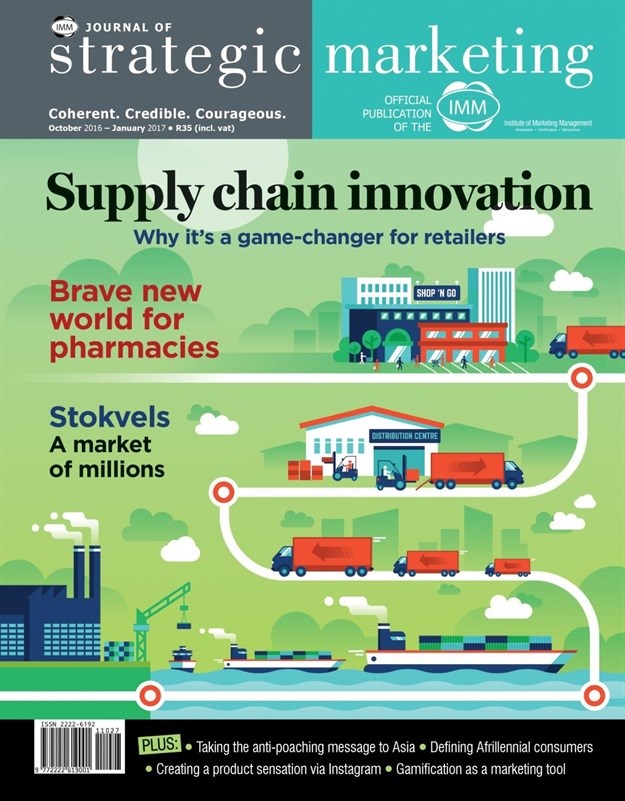The latest issue of the quarterly IMM Journal of Strategic Marketing discusses the imperative for an effective supply chain. It reports that more effective global sourcing, better speed to market, increased onshore manufacturing and improved warehousing efficiency are strategies being used by the big retail groups.
The Foschini Group (TFG), for example, has worked hard to enhance the efficiency of its procurement processes in China, where much of its clothing is manufactured. One of the first moves was to reduce the number of Chinese ports through which products are shipped – from 20 down to five. Up to 20 containers a day are shipped to TFG from these five harbours. Much work has also been done to optimise container loads, which now often comprise mixed consignments. The result is that TFG has halved shipping costs.
But a slick procurement capability in China is not enough. At the fashion end of the apparel market, what counts most is speed to market and flexibility. Spanish retail chain Zara is a leader in this respect and tries to manufacture garments close to its major markets, often at its own factories.
TFG is emulating this and, in 2012, acquired Prestige Clothing and its garment factories in Cape Town and Caledon. Both have since been revamped into state-of-the-art production facilities that can take garments from concept to production in 2-4 weeks.
Other fashion retailers including Woolworths, Truworths and Mr Price have also upped their local procurement markedly. “Higher up the value chain, where-speed-to-market counts, upwards of 80% of clothing is today locally produced,” says Johann Baard of Apparel Manufacturers of SA, which represents garment sector employers.
The Oct 2016/January 2017 print edition is sold in selected CNA and Exclusive Books outlets, or is available via subscription. Copies are also distributed through a targeted mailing list and through selected airline lounges and IMM Graduate School student support centres.






























